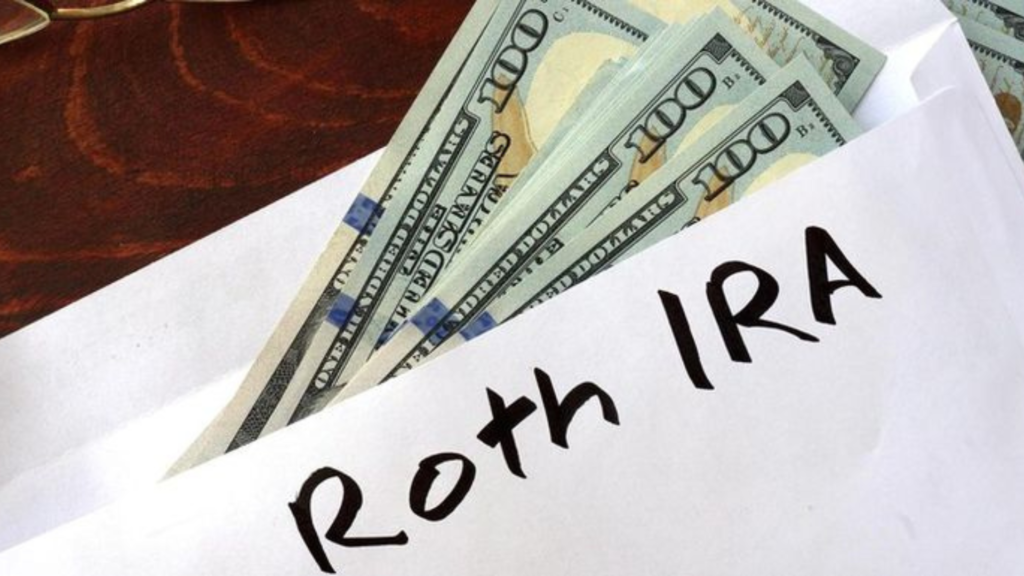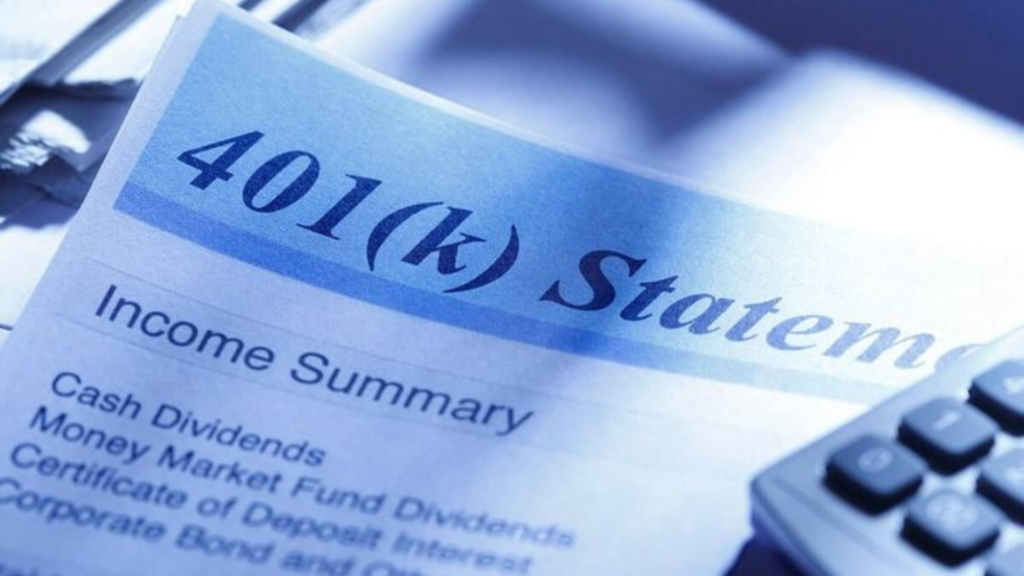Planning for retirement can be confusing because there are so many choices regarding saving, investing, and spending. One important consideration that is frequently disregarded is the tax implications of your retirement savings.

After all, your take-home pay is just as important as your savings, and this is where the “bucket strategy” comes into play. This approach can help you manage your retirement funds more efficiently and possibly lower your tax bill. So, let’s explore the bucket strategy and how to take advantage of it.
What Is the ‘Bucket Strategy’?
A retirement planning approach called the “bucket strategy” involves dividing your assets into several “buckets,” each with a specific goal and time frame in mind. These buckets are usually classified as short-, medium-, or long-term, depending on when you anticipate using the money.

Each bucket has a different investment strategy depending on its time horizon and risk tolerance.
Simple Breakdown of the Bucket Strategy
Here’s a summary of the bucket strategy: For the next one to three years, your short-term bucket prioritizes safety and liquidity by holding cash or short-term bonds. The investments in the medium-term bucket, which spans four to ten years, include dividend stocks and bonds for managed risk and moderate growth.

The long-term bucket contains funds that, even with increased volatility, are invested in equities to maximize growth over ten or more years.
Recent Trends and Reports
Retirees often overlook taxes until they need to withdraw money from a pretax account, which financial experts warn can be a costly error. According to a January Northwestern Mutual study that surveyed almost 4,600 American adults, only 3 out of 10 people have a plan to lower taxes on retirement assets.

However, according to certified financial planner Sean Lovison, proprietor of Purpose Built Financial Services in the Philadelphia metro region, there are ways to lessen that load, including using the “bucket strategy.”
ALSO READ: Retirement Experience Tips by Baby Boomers Who Live on $1,000 Monthly Social Security Benefits
How Does the Bucket Strategy Reduce Taxes?
The bucket strategy lowers taxes by providing flexibility and thoughtful withdrawal planning. You can make tax-efficient withdrawals by dividing up your savings and taking money out of the short-term bucket first to reduce your taxable income. It aids in capital gain management by managing investment sales from medium- to long-term buckets.

Additionally, the plan enables future tax-free withdrawals through carefully timed conversions from IRAs to Roth accounts at reduced tax expenses. It also helps avoid RMD traps, which keep one out of higher tax bands.
Building Your Buckets: Assessing Your Retirement Needs
Assessing your annual spending and considering housing, healthcare, travel, and daily living expenses will help determine your retirement requirements. You should also take into account any increases brought on by inflation and lifestyle changes.

This thorough evaluation helps you determine how much money is required for each bucket, ensuring that money is set aside for short-, medium–, and long-term requirements. This thorough planning provides a clearer financial picture, enabling more precise and successful retirement savings and spending plans.
Segment Your Assets
Sort your assets into three buckets based on your retirement needs. When allocating funds for the short-term bucket, which should cover costs for one to three years, prioritize safety and liquidity. Use money market funds, savings accounts, and short-term bonds.

For the next four to ten years, the medium-term bucket should consist of bonds and conservative dividend-paying stocks to avoid risk and achieve moderate returns. The long-term bucket, which spans more than ten years, can be invested in a diverse mix of stocks and growth-oriented investments for maximum growth.
Optimize Tax Efficiency
Use these pointers to maximize tax efficiency: Increase your contributions to 401(k)s, IRAs, and Roth IRAs. Roth accounts provide tax-free growth and withdrawals that are perfect for long-term savings.

Plan withdrawals should be made strategically to control taxable income and stay out of higher tax brackets—first from taxable accounts, then from tax-deferred, and lastly from Roth funds. The tax burden can be reduced by using tax-loss harvesting in taxable accounts to balance capital gains and losses.
Regularly Rebalance Your Buckets
Adjust your buckets regularly to accommodate changing personal and market conditions. Review your investments regularly to ensure they still reflect your risk tolerance and financial objectives. Transferring money between buckets may be necessary to maintain the balance you want.

For example, you may decide to transfer some gains to the short-term bucket for extra security if your long-term assets expand dramatically. Your plan remains in line with your changing needs when you regularly rebalance.
Focus on Taxes in the ‘Accumulation Phase’
According to CFP Judy Brown, investors frequently forget about taxes until they withdraw money from their pretax retirement accounts. Although they may believe they have $1 million in their 401(k), the actual amount after taxes is about $700,000.

Tax preparation is essential to develop your nest egg throughout the accumulation phase properly. Brown suggests tax diversification by contributing to pretax, Roth, and brokerage accounts. This gives you a variety of options for managing your adjusted gross income in retirement.
Challenges and Considerations
Consider these difficulties while applying the bucket strategy. Market ups and downs may affect your long-term bucket, so you can manage them without making rash decisions. Additionally, inflation can reduce your purchasing power, so consider including inflation-protected investments in your medium- and long-term investment buckets.

Unexpected medical costs can disrupt your plans, so consider using an HSA or putting money aside in your emergency fund. Lastly, keep in mind that tax regulations are subject to change, so stay up to date and be prepared to adjust your plan as necessary.
The End
The bucket strategy is a tax-saving and flexible method of managing retirement funds. By separating assets into short-term, medium-term, and long-term buckets, you can manage capital gains, optimize withdrawals, and strategically plan Roth conversions.

This approach minimizes the effects of taxes while guaranteeing a consistent income. Make sure your plan fits your needs precisely, and speak with a financial expert to ensure it takes into account your tax status and goals. With consistent evaluation and careful planning, you can optimize savings and attain a stable retirement.
You Might Also Like:
Kevin O’Leary Recommends What To Do With Your Money To End Up With $1.5 Million After Retirement
Expert Highlights Growing Threat as Romance Scams Cost Consumers $1.14 Billion in One Year
Austin Home Realtor Says Homeowners Are ‘Screwed’ as the Real Estate Market Plunges

